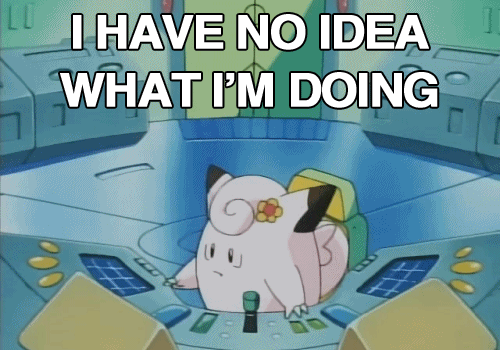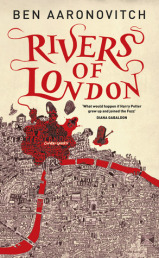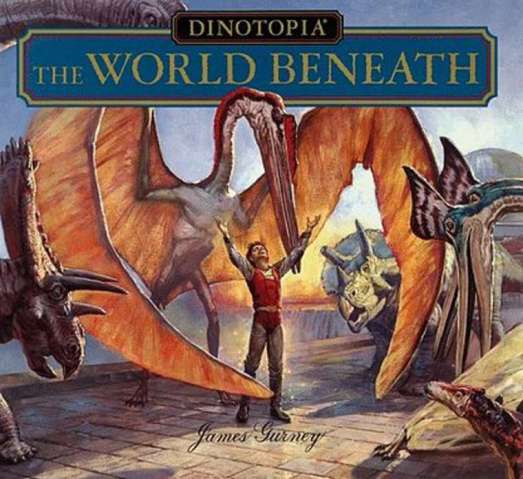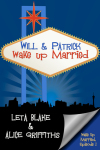
Quick life update before we get into the good stuff: September was a busy month for me. I finished the first draft of my novel WIP (!), adopted a dog (!!), and got married (!!!). So yeah, that’s why I sort of disappeared last month.
Now that things are calmer (well, not totally calm — dog training is a big undertaking) and I’ve taken a much-needed break, it’s time to dig my hands into my manuscript again and revise. To get myself pumped and in the writer’s mindset, I’ve been reading Revision and Self-Editing by James Scott Bell and listening to writing podcasts (I use and recommend the platform Podbean). One episode I came across was on the “Story Grid Podcast” show and discussed micro editing and macro editing in a first draft.
So I’ve always heard that macro editing — the big-picture revisions to your story’s major structure and core elements, like world-building, plot, and character — should come before micro editing — the smaller-scale revisions to aspects such as sentences and word choice. It makes sense when you think about it: Why quibble over grammar or diction when you’re probably going to make massive, story-altering changes that might undo or negate all that work?
In other words, you don’t edit the prose of your first chapter 10 times, then move on to chapter two and repeat until you hit “The End.” You rework the clay of your story’s body to get the shape right before polishing the details.

But Tim Grahl, the host of “Story Grid,” actually advocates for the other way around: Tackling more minor tasks first before moving on to the big stuff.
The reason, he explains, is because after you reread your first draft and make a list (a spreadsheet works well) of all the problems you noticed or parts you’d like to improve, you’re going to be overwhelmed. And trying to start with the big items is only going to make you want to throw your hands up and quit. How are you even supposed to know where to start?
By starting with the micro, Grahl says, you can knock out smaller tasks while getting a better feel for your novel and how you’re going to fix those macro issues you’ve identified. Which means you’re less stressed and more equipped to conquer the revision process.
I like his thinking.
Of course, Grahl isn’t saying, “Tweak that sentence or fix that typo before doing anything else.” He’s saying, “Fix small issues, then big ones,” and I imagine he agrees the fine-tuning should still come at the end.
That said, every writer has their own style for tackling revisions, and what works works. To me, the most important part is to just get through it, make progress, and keep finding solutions to those pesky problems so you can improve your novel.
What do you think of Grahl’s advice?
Share this:




